If you were just about to pitch that stick of butter that’s about to expire, hold on just one moment; recent news out of Ireland might just make you reconsider.
A young man in County Meath made headlines this week after recovering 22 pounds of incredibly special butter, butter that was churned roughly 2,000 years ago.
Young Jack Conway was digging turf out in the peat bog when he stumbled on a strange yellowish substance that looked — and smelled — unmistakably familiar.
Much like the mysterious dagger found in King Tut’s tomb, Conway had stumbled upon a find of stupendous historical significance.
The strange lump that he discovered in the peat marsh quickly proved to be massive amount of “bog butter.”
This prehistoric delicacy dates back millennia and gifts the scientific community with both unexplained mysteries and incredible insight into the lives of the humans who populated ancient Ireland.
Even more amazing? Despite being roughly as old as the Bible, this chunk of long-lost dairy is still edible today!
Scroll through the gallery below to learn more about Conway’s discovery and the mysterious history of this strange substance.
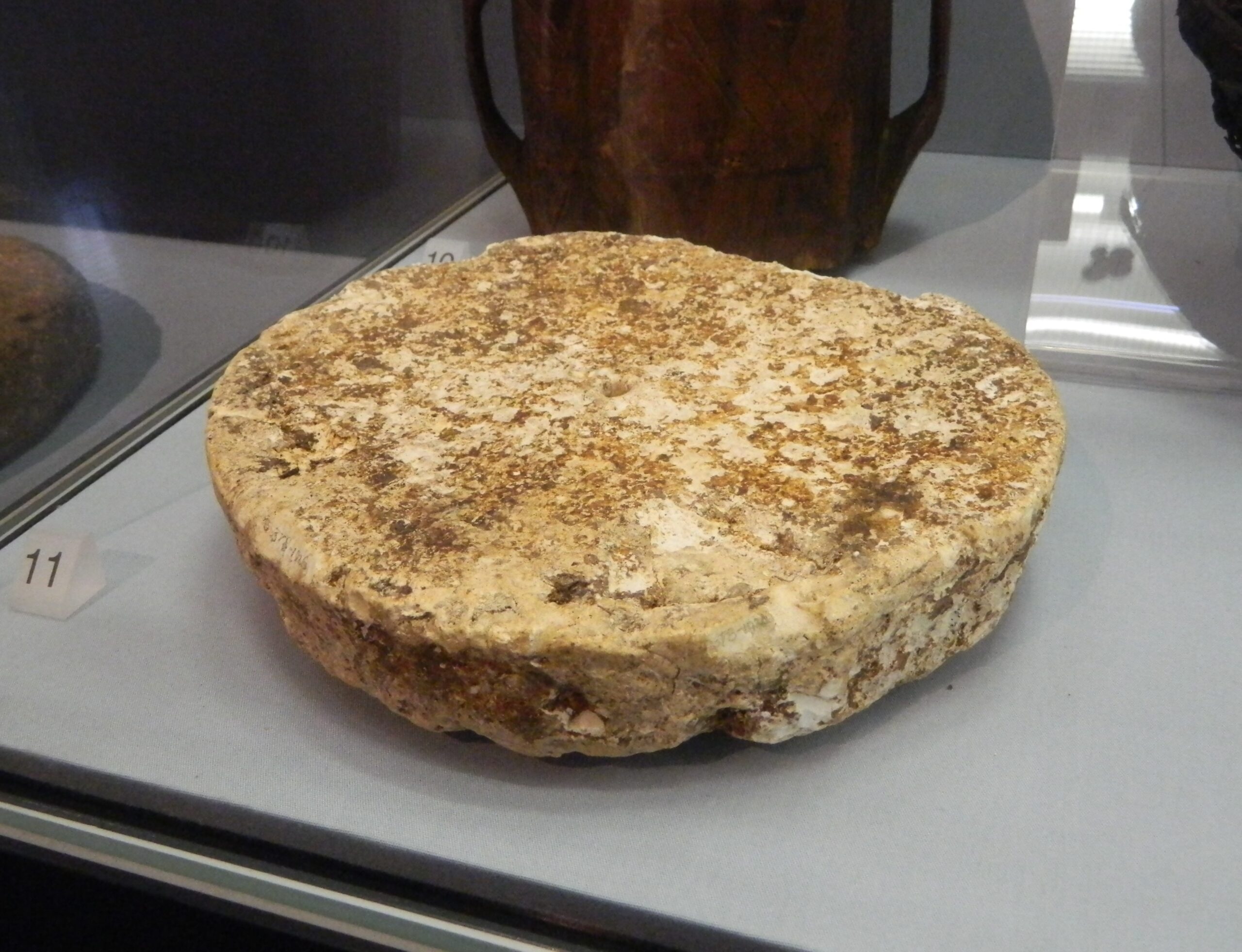
The origins of bog butter are as murky as the muddy, swampy terrain where it is often discovered.
It’s an ancient food product that is made either of dairy fat or of meat-based animal fat.
Scientists believe that it’s a very old way of preserving butters and other valuable fats that was used by the prehistoric people of the British Isles.
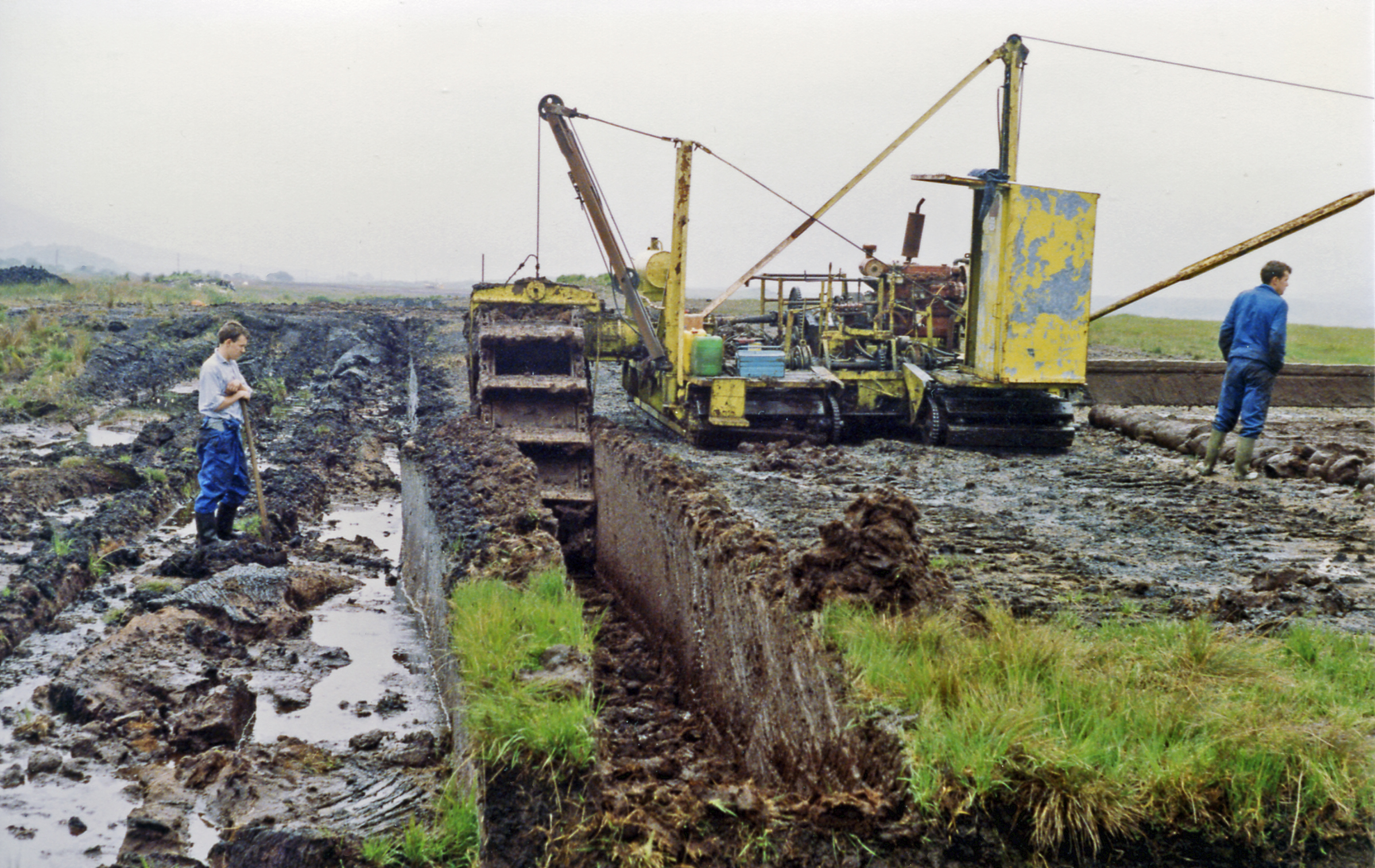
The strange substance is often uncovered in peat marshes, typically in Scotland and Ireland, by people digging for the peat to sell to gardeners.
These individuals are generally out cutting the sod when they stumble upon the dense, fatty lumps of ancient dairy, which are often buried just a few feet below the surface of the bog.
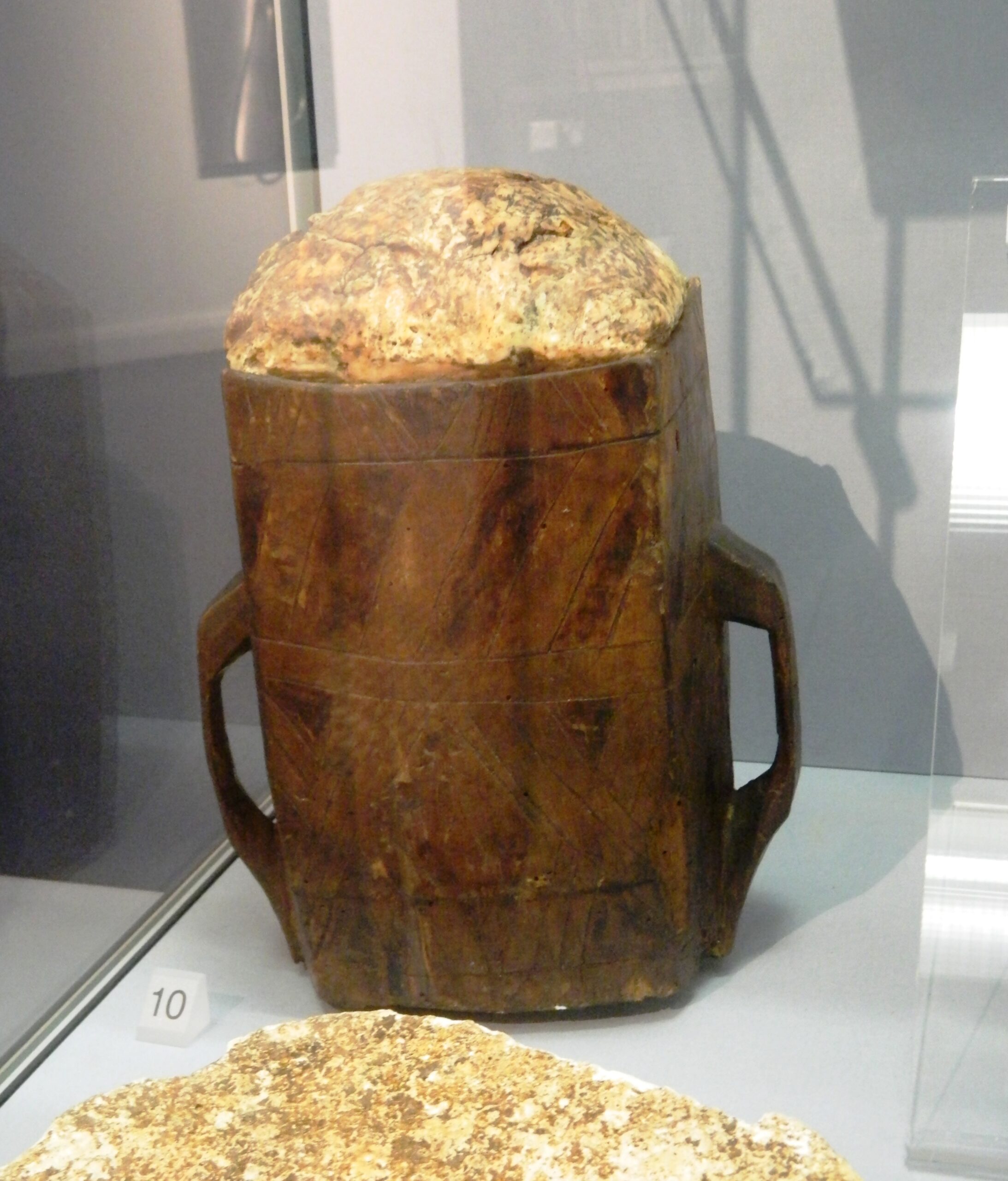
Bog butter is usually found wrapped up in a barrel, a bowl, or some kind of hide.
The purpose of the wrapping is to help protect the product hidden inside.
The butter is incredibly well preserved because of the natural insulating properties of the bog, which may have been used as a kind of primitive refrigerator.
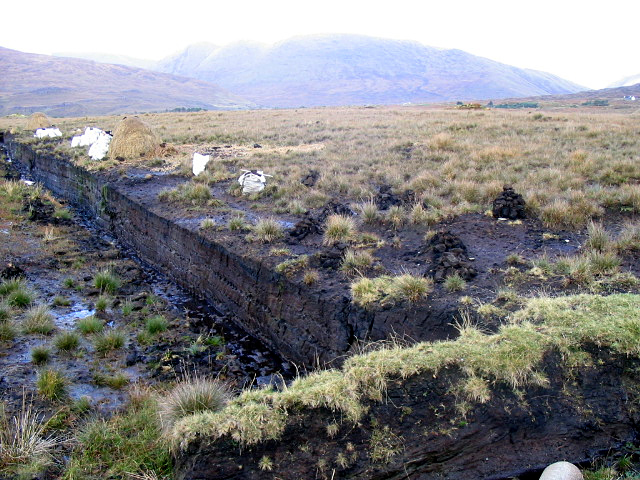
Butter and fat were valuable to ancient peoples, both for trade and as important reserves of all-important fats for the lean times.
Caches of bog butter found in modern times seem to hint at reserves set aside for later to protect it.
Some scientists also believe that it was a very early attempt at food processing.
Prehistoric people may have fermented their butter deliberately, to give it a better taste and to make it last longer.

Still, other theories state that bog butter was designed as an offering to an ancient deity.
Certainly, the 22-pound sample found most recently seems to fit that description.
It wasn’t wrapped in a barrel or cloth of any kind, and it presumably was lowered into the marsh as a sacrifice of some kind.
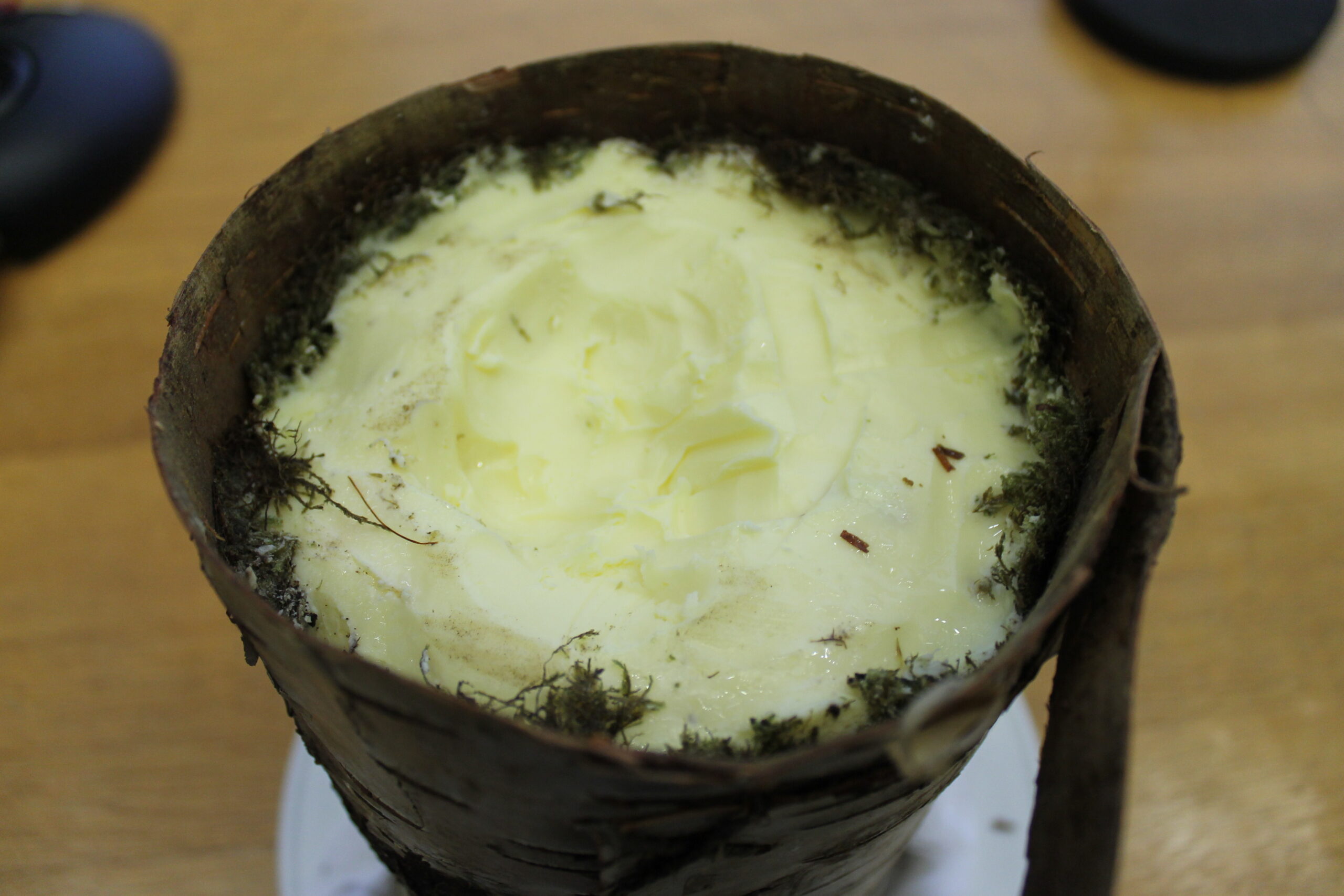
Ultimately, the most likely explanation is that ancient people probably buried their butter for a combination of reasons, up to and including storage, religious faith, and flavor.
Today, people who have sampled the ancient butter, which is often still edible, describe it as strongly cheesy and gamey.
Sounds like an acquired taste to us, but undoubtedly a fascinating one!
If you’re intrigued by the mysterious history of bog butter, make sure to let us know what you think, and don’t forget to SHARE with fellow history buffs!




